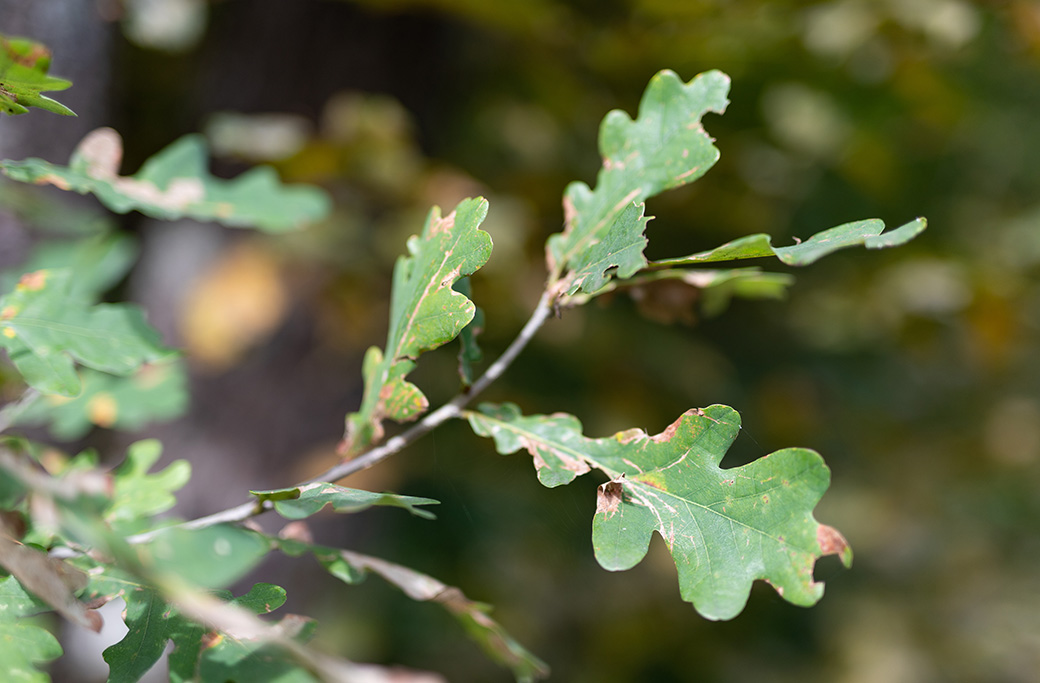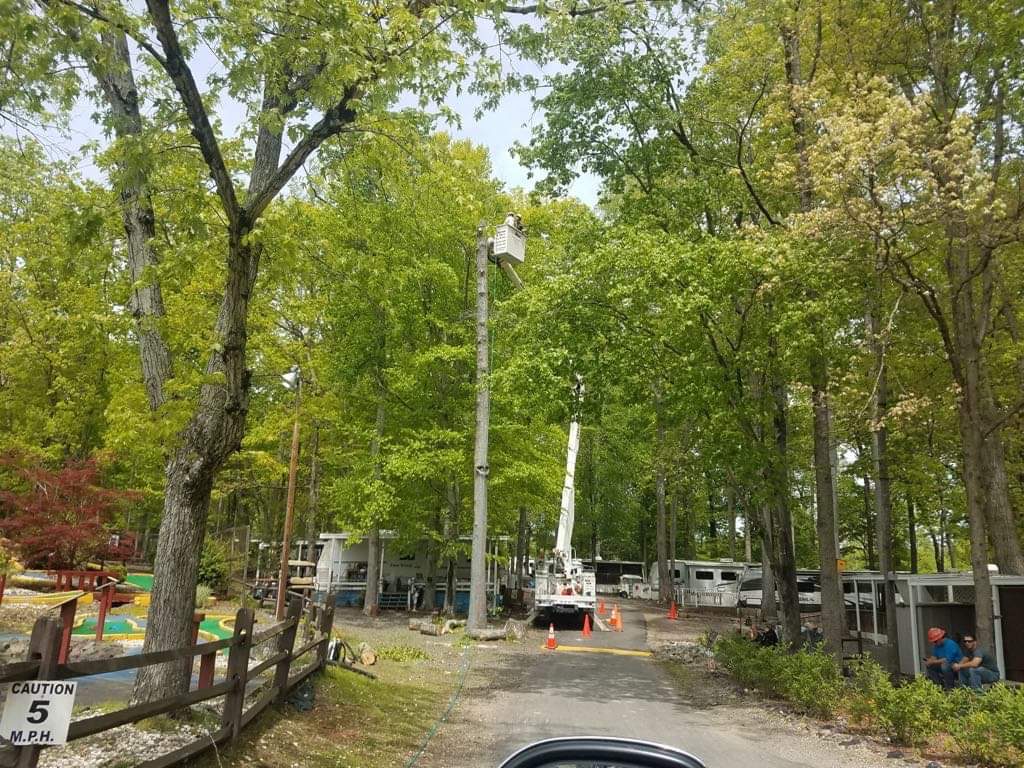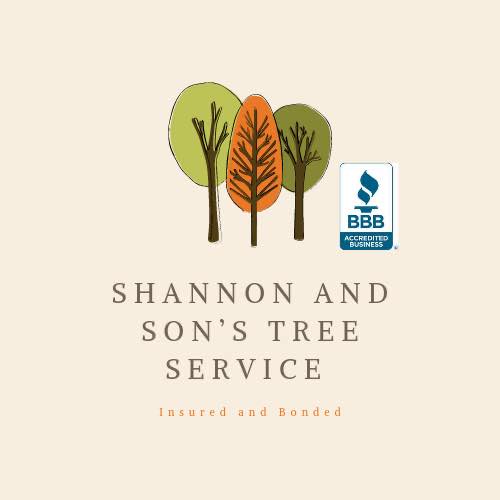As the summer heat peaks, many homeowners and gardeners find comfort in the shade of their beautiful trees. However, late summer is also a critical time for tree pests and diseases. If left unchecked, these threats can cause significant damage to your beloved greenery. Understanding what to look out for and how to address these issues is essential for maintaining the health and beauty of your trees. Whether you’re a seasoned gardener or a new homeowner, these insights will help you protect your trees and ensure they continue to thrive.
Identifying Common Tree Pests and Diseases
Aphids
Aphids are tiny, soft-bodied insects that come in various colors, including green, black, brown, and pink. They feed on tree sap, often causing leaves to curl and turn yellow. You might spot a sticky residue known as honeydew on leaves or the ground, attracting ants and potentially leading to sooty mold. Regularly inspecting your trees for these minuscule pests can help you detect infestations early.
Scale Insects
Scale insects are often mistaken for plant parts due to their small, immobile appearance. They are usually found on the stems, branches, and leaves of trees. Scales can be armored or soft, and they suck the sap from trees, leading to yellowing leaves and stunted growth. A close inspection of your tree’s bark and leaves can reveal these pests.
Leaf Spots
Leaf spots are caused by various fungi and bacteria, resulting in discolored spots on the leaves. These spots can be brown, black, or yellow, and they often have a distinct border. While leaf spots are usually not fatal, they can weaken trees over time. Keeping an eye out for these spots during your late summer tree inspections is crucial.
Cankers
Cankers are dead areas on the bark of trees, often caused by fungal or bacterial infections. They appear as sunken, discolored patches and can girdle branches, cutting off the nutrient supply. Cankers are more noticeable during late summer when trees are under stress from heat and drought. Identifying and addressing cankers early can prevent further damage.
Signs and Symptoms
Wilting Leaves
Wilting leaves can be a sign of various tree pests and diseases. If you notice leaves drooping and losing their vibrant color, it’s time to investigate further. Check the soil moisture and inspect the leaves and branches for pests or fungal growth.
Abnormal Growth
Abnormal growth patterns, such as twisted or stunted branches, can indicate a problem. Look for unusual swelling or growths on the tree bark, which could be signs of scale insects or fungal infections. Regularly monitoring your trees for these abnormalities can help you catch issues early.
Discoloration
Discoloration of leaves, from yellowing to browning, is a common symptom of tree diseases and pests. Pay attention to the pattern of discoloration—whether it’s uniform or patchy—as this can give you clues about the underlying issue. For instance, aphid infestations often cause patchy yellowing.
Unusual Bark Appearance
Changes in bark appearance, such as cracking, peeling, or the presence of cankers, are red flags. Healthy bark should be smooth and unblemished. If you notice any irregularities, it’s essential to take action promptly to prevent further damage.
Prevention Methods
Proper Watering
Ensuring your trees receive adequate water is crucial for their health. However, avoid overwatering, as it can lead to root rot and other issues. Water your trees deeply and less frequently to encourage deep root growth. Using a soaker hose or drip irrigation system can help deliver water directly to the root zone.
Mulching
Applying mulch around the base of your trees offers numerous benefits: it retains soil moisture, suppresses weeds, and regulates soil temperature. Use a 2-3 inch layer of organic mulch, like wood chips or bark, but avoid placing it directly against the trunk to prevent rot. Additionally, mulching acts as a protective barrier against pests.
Regular Tree Inspections
Regularly inspecting your trees for signs of pests and diseases can help you catch problems early. Make it a habit to check your trees at least once a month, paying close attention to the leaves, bark, and branches. Early detection allows for more effective treatment and can save your trees from significant damage.
Treatment Options
Natural Remedies
For minor infestations, natural remedies can be effective. For example, spraying trees with a mixture of water and dish soap can help control aphids and other soft-bodied insects. Neem oil is another natural option that works against a variety of pests and fungal infections. Always test these solutions on a small area first to ensure they don’t harm the tree.
Chemical Treatments
In cases of severe infestations or persistent diseases, chemical treatments may be necessary. Insecticidal soaps, horticultural oils, and systemic insecticides can help manage pests like aphids and scale insects. Fungicides can be used to treat fungal infections such as leaf spots and cankers. Follow the manufacturer’s instructions carefully and consider consulting a professional for guidance.
Professional Services
For extensive or complex issues, seeking professional help is often the best course of action. Arborists and tree care specialists have the expertise and equipment to diagnose and treat various tree pests and diseases. They can also provide valuable advice on maintaining tree health and preventing future problems.
Common Tree Pests and Diseases in Late Summer
Late summer is a critical time for monitoring and addressing tree pests and diseases. By staying vigilant and taking proactive measures, you can protect your trees and ensure they remain healthy and beautiful year-round. Remember to regularly inspect your trees, implement preventive measures, and seek professional help when needed.
If you have any concerns about your trees or need expert advice, don’t hesitate to contact Shannon & Sons Tree Service. Our team of experienced arborists is here to help you keep your trees in top condition. Stay proactive, stay informed, and enjoy the beauty of your trees for years to come.



